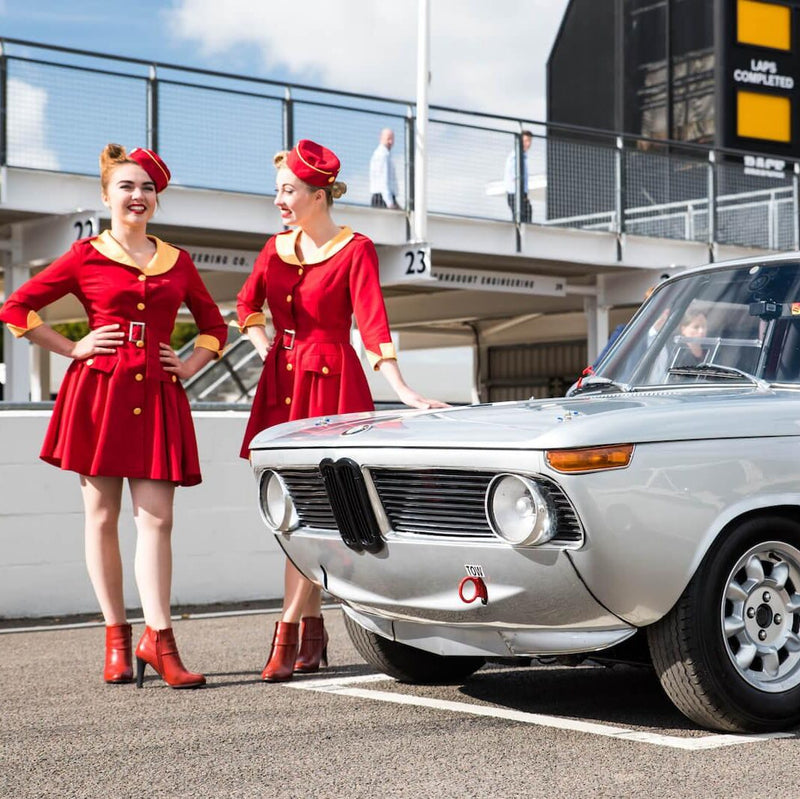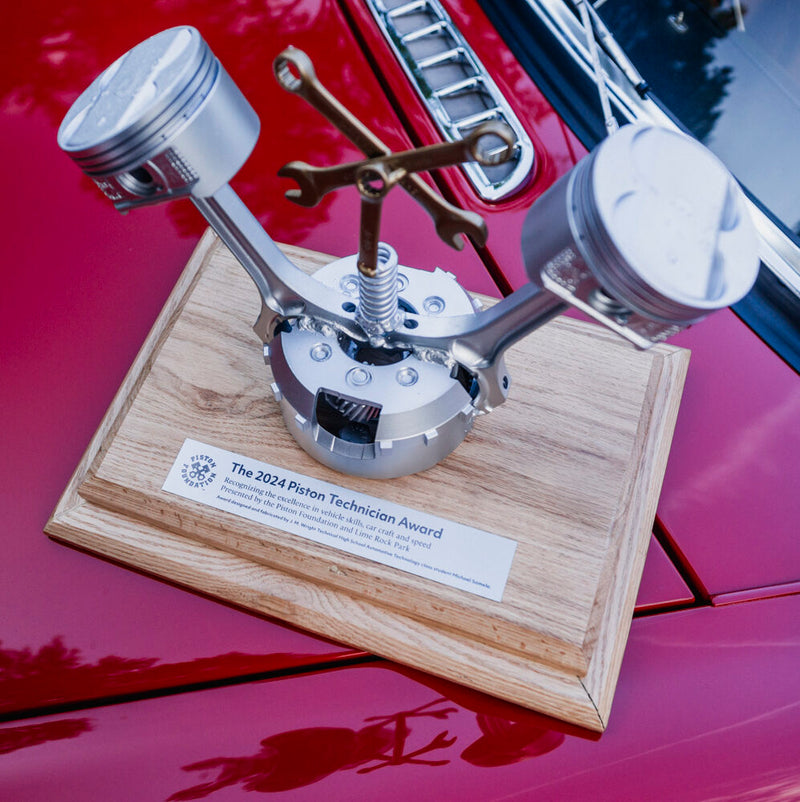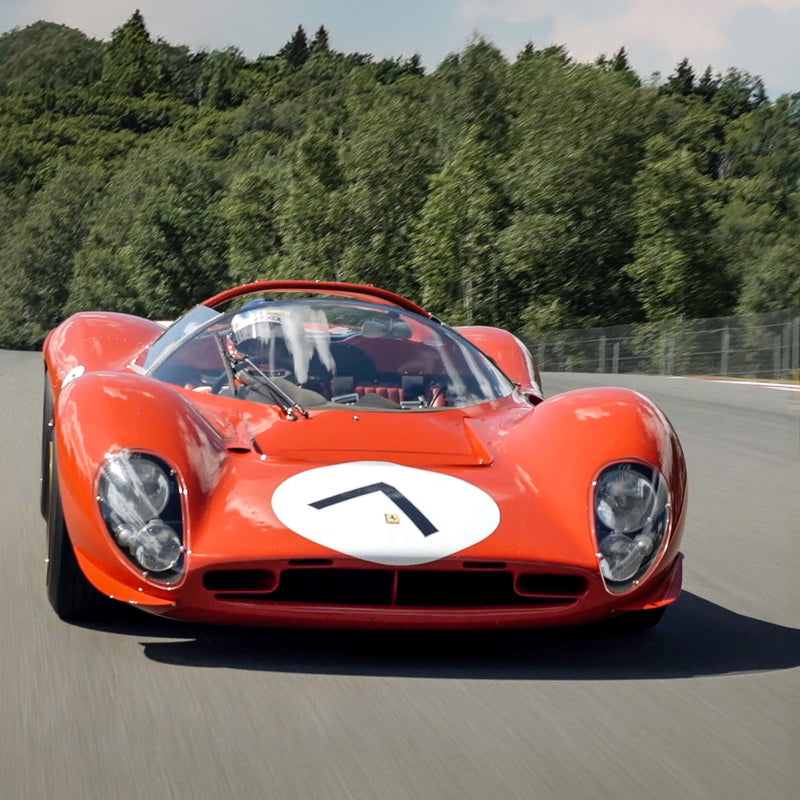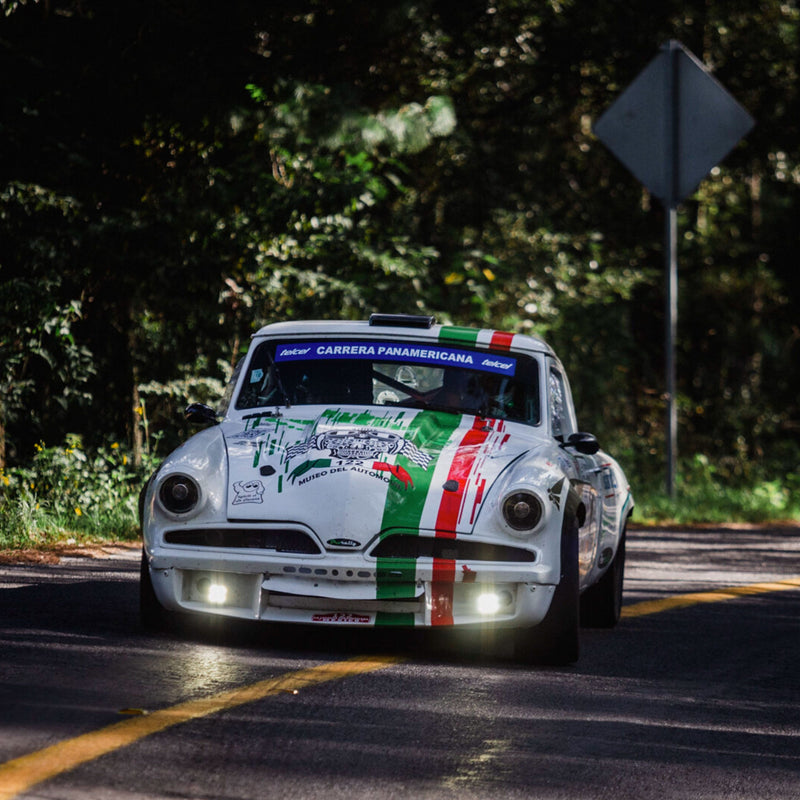The story of the ugly duckling is one of Hans Christian Andersen’s most famous fairy tales, so we all know the story that ends with the animal maturing to become a beautiful swan. There are so many examples in the world of vehicles that fit this mold, where we witness the evolution from repulsive road hog to lauded and desirable classic as the years pile on, melodrama aside.
The Ducati 999 for example, with its Pierre Terblanche design and those distinctive stacked headlamps, caused consternation among a public that had fallen in love with its predecessor, the unquestionably beautiful 998. These days though, used prices are rocketing as people learn to appreciate something that was ahead of its time. Another motorcycle manufacturer that’s dabbled in sports car production is BMW, a marque that has produced some of the most beautiful and successful racing machines in history. However, in the late ’70s they embarked on an ill-fated journey that still ended up giving us one of the it-cars of the period, even if the mistakes and delays in its production can’t have helped overall judgement of the car at the time.





BMW was no stranger to success in the decade that brought about the decision to build the M1. Post-war austerity was long forgotten, the first 3 and 5 series models were performing admirably in show rooms, and a sizable swath of the collective racing imagination was captured by the CSLs and the championship trophies they collected like daisy chains for a few brilliant years in a row. BMW was hungry enough to the point where the board gave Jochen Neerpasch’s Motorsport division the permission to pursue a car that could challenge Porsche in various Group 4 and 5-based championships.
They needed to properly homologate their new BMW M1 before it could race in those FIA-regulated series though, so they turned to a company that had some more experience with building supercars in volume.
The decision to commission Lamborghini to build the car was based on practicality. If you read that back a few times you might get a sense for what’s going to happen, if you don’t know this story already. As it goes, the M1’s production was farmed because the manufacturer simply did not have the capacity to hand-build the 400 cars required for homologation. Gianpaolo Dallara headed up the design of the chassis, and with a Paul Rosche motor sitting inside the tube frame sheathed in a Giorgetto Giugiaro design the combination of talents produced a car that retains a futuristic element wherever it appears, even if the lip is a bit scuffed.




In race trim in particular, that unmistakeable wedge shape delivers a brutal display of muscle through its various blocky pieces of aero. In Procar/Group 4 spec, its lines are not delicate or diffuse. The stretched yet squat grill seems almost too small for the face of the car, but it’s a mid-engined car after all, and thus able to keep its buckteeth (sorry, “kidney grilles”) accordingly tiny. It’s more missile-shaped than most, reminiscent of a rocket a little kid would drawn with crayon, all flare and 45° angles.



Its performance figures are none too shabby either, the first mid-engine BMW (and only one until the I8’s inline-three) contained one of Paul Rosche's finest straight-sixes, the mechanically fuel injected 3.5L developed 273bhp in road trim, a figure that was pushed all the way up to 850 and apparently beyond in the late turbocharged Group 5 machines that took on Le Mans with tuners and privateers. The M1’s chassis was of excellent pedigree, designed to handle much more power than the car could deliver (at one point it was planned to be a test bed of sorts for a future BMW F1 engine), and with race-inspired suspension geometry and the inherent advantages of its weight distribution, racers and testers have often raved about its taut road (and track) holding capabilities.
Sadly, I’ve never had the excitement of getting behind the wheel of one of the rare road cars. I have been lucky enough to photograph and witness a pair of the even rarer racing models sparring with one another during this season’s Peter Auto Endurance Championship series though, and while I realize that what you observe as a spectator at the track is totally subjective, the cars have always seemed noticeably responsive and sometimes even twitchy, mated to the asphalt with an unquestionable bond until they hug the curbing a bit too tight on occasion. One thing that isn’t subjective though is the decibel impact of hearing one of these things at full pelt. It matches the car’s looks in terms of brutality, and the sound is more Holst’s Mars than Elgar’s Nimrod, but just like both pieces of music the composition from this German-Italian collaboration reaches into a special place in your being.



But in that collaboration, we unfortunately find the flaw in the genius plan’s realization, as the decision to commit to Lamborghini’s building of the car ultimately led to the M1 not being able to accomplish what it set out to do. Despite the wonderful Dallara design, Lamborghini found itself in financial troubles after the rather costly off-road Cheetah project didn’t earn them a contract with the United States’ military, and thus unable to fulfill their agreement with BMW to design the chassis, build the prototypes, and manufacture the production-ready cars, BMW pulled the plug and instead set up a partnership with some former employees of Lamborghini to pick up the pieces.

This led to a complicated manufacturing process that saw different parts of the car being assembled in different countries, and by the time BMW had satisfied the 400 number needed for homologation it was a bit late in the game and the rules had also changed once again. Coupled with its expense (a Ferrari 512 BBi was cheaper to put on the road), the car enthusiast’s vision of the machine at the time was understandably clouded. Its single-make racing series where the Group 4-spec M1s competed as “Procars” was a success, but the car had much loftier goals embedded in its blueprints that it not only didn’t realize, but barely had a chance to attempt.
These days though all of that mist has dissipated and we can now look at the car for what it is as an object, not a point of comparison to what it might have been. Despite the difficult prenatal period of this car, it is without doubt one of the most interesting machines of the late 1970s, and I’d say a more or less timeless example of what ‘80s design could be before it even got started.




























































